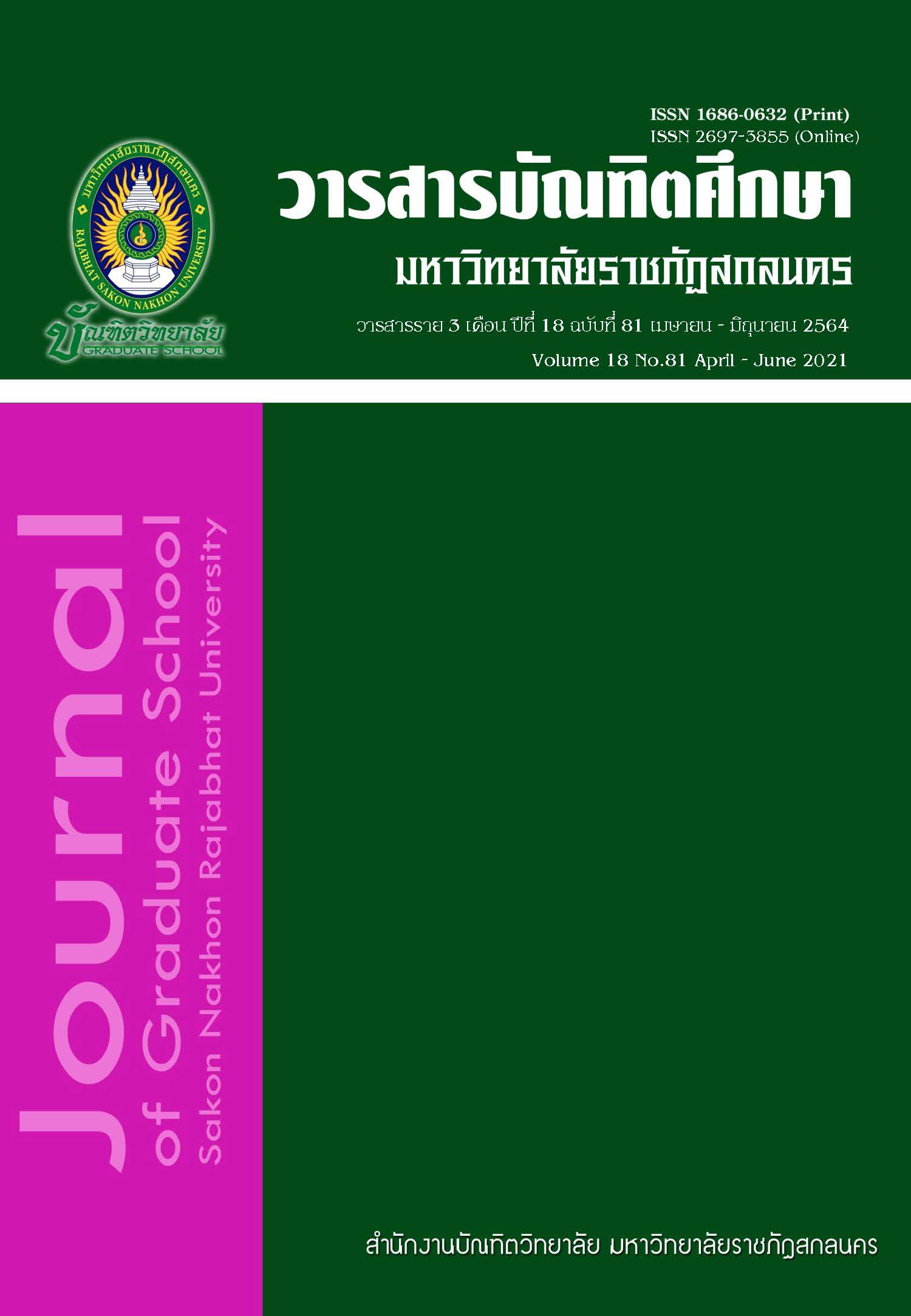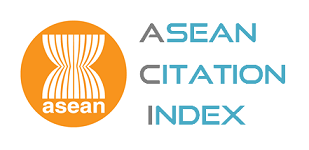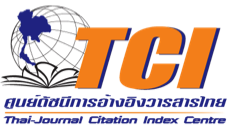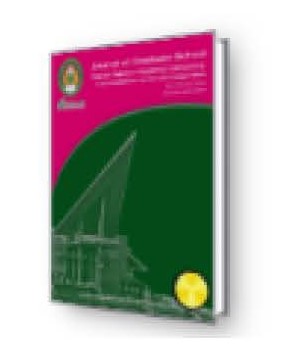บทความวิจัย การพัฒนาแบบวัดการรับรู้ด้านคุณธรรมจริยธรรมและจิตใจที่ดีงาม สำหรับเด็กปฐมวัย สังกัดสำนักงานเขตพื้นที่การศึกษาประถมศึกษาหนองบัวลำภู เขต 2
Keywords:
Scale, Perception, Morality and Kind Heart, Early ChildhoodAbstract
The aims of this research were: 1) to construct the test on the perception of ethics, morality, and kind heart for early childhood students; 2) to determine the effectiveness of the developed test; 3) to create a norm and a user manual of the developed test; and 4) to assess the quality of the perception test. The sampling group consisted of: 1) 310 third-year kindergarteners under the Nong Bua Lam Phu Primary Education Service Area Office 2, in the first semester of the academic year 2019, selected through multi-stage random sampling; and 2) 50 teachers working under the Nong Bua Lam Phu Primary Education Service Area Office 2, selected through simple random sampling. The research tools were: 1) the test with three-choice situational questions on ethics, morals, and kind heart; and 2) a quality evaluation of a user manual of the developed test. Statistics for data analysis included percentage, mean, and standard deviation. The findings were as follows: 1. The test on the perception of ethics, morality, and kind heart for early childhood measuring behavioral characteristics consisted of four aspects with 20 indicators, namely 1) honesty, 2) kindness, generosity, and willingness to help and share, 3) Sympathy, and 4) Responsibility. 2. The developed test comprised 20 items with the construct validity confirmed by five experts and had an index of item–objective congruence between 0.60 and 1.00, a discrimination index from 0.65 to 0.85, and the reliability of 0.96. 3. The norm of the developed test was in the range of T26–T48 and the developed user manual on the perception of ethics, morals and good mindset for early childhood students consisted of four aspects. 4. The overall quality of the developed test which was assessed by teachers, as a whole was at a high level (= 4.38,
= 0.20). When considering each aspect, all aspects were rated at a high level and ranged respectively: usefulness (
= 4.50,
= 0.28), followed by possibility (
= 4.41,
= 0.40), correctness (
=4.32,
= 0.40), and suitability (
= 4.29,
= 0.34).
References
กุลยา ตันติผลาชีวะ. (2551). การจัดกิจกรรมการเรียนรู้สําหรับเด็กปฐมวัย. กรุงเทพฯ: เบรนเบสบุ๊คส์.
ขนิษฐา สาลีผล. (2537). การเปรียบเทียบคุณภาพแบบทดสอบวัดจริยธรรมด้านความอดทนระหว่างสถานการณ์ที่เป็นภาษากับสถานการณ์ที่เป็นภาพการ์ตูน. กรุงเทพฯ: มหาวิทยาลัยศรีนครินทร์วิโรฒ ประสานมิตร.
ณัฐิกา ขวกเขียว (2550). การพัฒนารูปแบบการประเมินด้านจิตพิสัยเกี่ยวกับนิสัยรักการอ่าน ช่วงชั้นที่ 1-2 ในโรงเรียนสังกัดสำนักงานเขตพื้นที่การศึกษากาญจนบุรี เขต 3. วิทยานิพนธ์ ค.ม. กาญจนบุรี: มหาวิทยาลัยราชภัฏกาญจนบุรี.
นวลละออง หงษ์ภู. (2552). การพัฒนาแบบวัดคุณธรรม จริยธรรมและคุณลักษณะที่พึงประสงค์สำหรับเด็กปฐมวัยในโรงเรียนสังกัดสำนักงานเขตหลักสี่ กรุงเทพมหานคร. วิทยานิพนธ์ ศศ.ม. กรุงเทพฯ: มหาวิทยาลัยสุโขทัยธรรมาธิราช.
พรทิพย์ ไชยโส. (2545). หลักการวัดและประเมินผลการศึกษาขั้นสูง. กรุงเทพฯ: ภาควิชาการศึกษา คณะศึกษาศาสตร์.
พวงรัตน์ ทวีรัตน์. (2540). วิธีวิจัยทางพฤติกรรมศาสตร์และสังคมศาสตร์. กรุงเทพฯ: มหาวิทยาลัยศรีนครินทรวิโรฒประสานมิตร.
พิชิต ฤทธิ์จรูญ. (2548). หลักการวัดและประเมินผลการศึกษา. (พิมพ์ครั้งที่ 3). กรุงเทพฯ: เฮ้าส์ ออฟเคอร์มีสท์.
เยาวดี วิบูลย์ศรี. (2538). การประเมินโครงการแนวคิดและแนวปฏิบัติ. กรุงเทพฯ: โรงพิมพ์แห่งจุฬาลงกรณ์มหาวิทยาลัย.
ล้วน สายยศ และอังคณา สายยศ. (2543). การวัดด้านจิตพิสัย. กรุงเทพฯ: สุวิริยาสาส์น.
สินีนิตย์ จันทรสมัย (2549). การพัฒนาเครื่องมือประเมินมาตรฐานการศึกษาด้านผู้เรียนมาตรฐานที่ 2 ของนักเรียนระดับช่วงชั้นที่ 3. ปริญญานิพนธ์ กศ.ม. กรุงเทพฯ: มหาวิทยาลัยศรีนครินทร์วิโรฒ.
Finn, C.E. (1997). A meta - evaluation. International Journal of Education Research, 27(2), 159–174.
Downloads
Published
How to Cite
Issue
Section
License
บทความทุกบทความที่ตีพิมพ์ในวารสารบัณฑิตศึกษา มหาวิทยาลัยราชภัฏสกลนคร ถือว่าเป็นลิขสิทธิ์ของบัณฑิตวิทยาลัย มหาวิทยาลัยราชภัฏสกลนคร










